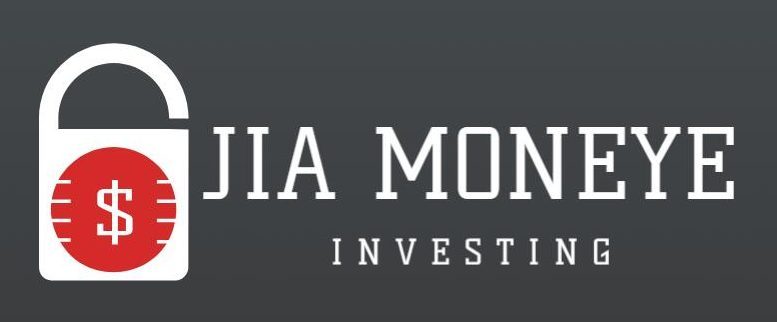Navigating Bankruptcy: A Guide to Managing Credit Debt
Understanding the Basics of Bankruptcy: A Comprehensive Guide to Credit Debt Management
Navigating bankruptcy can be a daunting task, especially for those who are unfamiliar with the intricacies of credit debt management. It is a complex process that requires a comprehensive understanding of the basics of bankruptcy. This article aims to provide a guide to managing credit debt and navigating through the labyrinth of bankruptcy.
Bankruptcy is a legal process that allows individuals or businesses unable to pay their debts to seek relief from some or all of their debts. In other words, it is a tool that can provide a fresh start by wiping out debts that one cannot pay. However, it is not a process to be taken lightly. It can have serious long-term financial consequences and should be considered as a last resort after exploring all other debt management options.
The first step in understanding bankruptcy is to recognize the different types. The two most common forms of bankruptcy for individuals are Chapter 7 and Chapter 13. Chapter 7, also known as liquidation bankruptcy, involves the sale of a debtor’s non-exempt assets by a trustee. The proceeds are then distributed to creditors according to the priorities established in the Code. On the other hand, Chapter 13, often referred to as reorganization bankruptcy, allows debtors to keep their property and repay creditors in a three or five-year court-approved repayment plan.
It is also crucial to understand the impact of bankruptcy on credit scores. Filing for bankruptcy can significantly lower one’s credit score and remain on the credit report for seven to ten years, depending on the type of bankruptcy filed. This can make it more difficult to obtain credit, buy a home, get life insurance, or sometimes, get a job. However, it is not impossible to rebuild credit after bankruptcy. With time, patience, and a plan, one can gradually improve their credit score.
Another essential aspect of bankruptcy is the role of the bankruptcy trustee. The trustee is an impartial third party appointed by the court to oversee the bankruptcy case. Their role includes reviewing the bankruptcy papers and supporting documents, conducting the meeting of creditors, selling the debtor’s non-exempt property, and distributing the proceeds to the creditors.
Lastly, it is important to note that not all debts can be discharged in bankruptcy. Certain types of debts, such as child support, alimony, certain tax debts, and most student loans, cannot be eliminated in bankruptcy. Therefore, it is essential to consult with a knowledgeable bankruptcy attorney to understand which debts can be discharged.
In conclusion, navigating bankruptcy requires a comprehensive understanding of the basics of bankruptcy and credit debt management. It is a complex process with serious financial implications. However, with the right knowledge and guidance, it is possible to navigate through bankruptcy and start on a path towards financial recovery. It is always advisable to seek professional advice before making any decisions regarding bankruptcy. Remember, bankruptcy is not the end but a chance for a fresh start.
